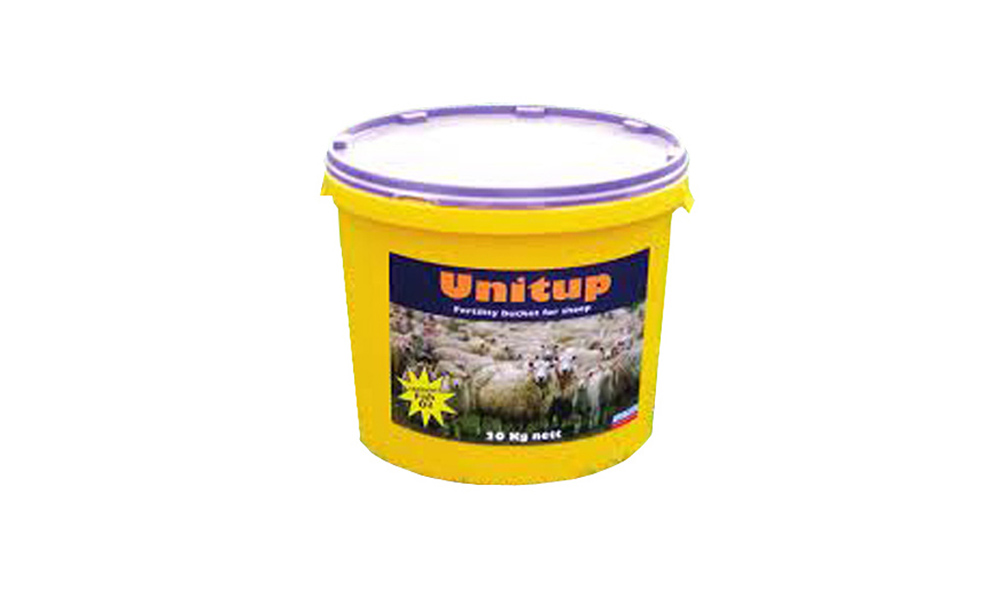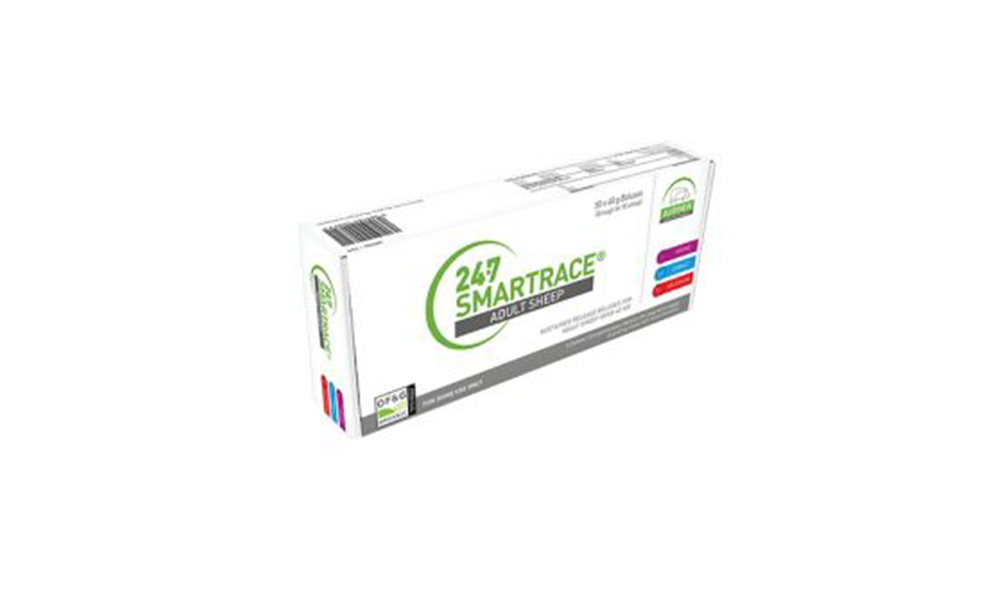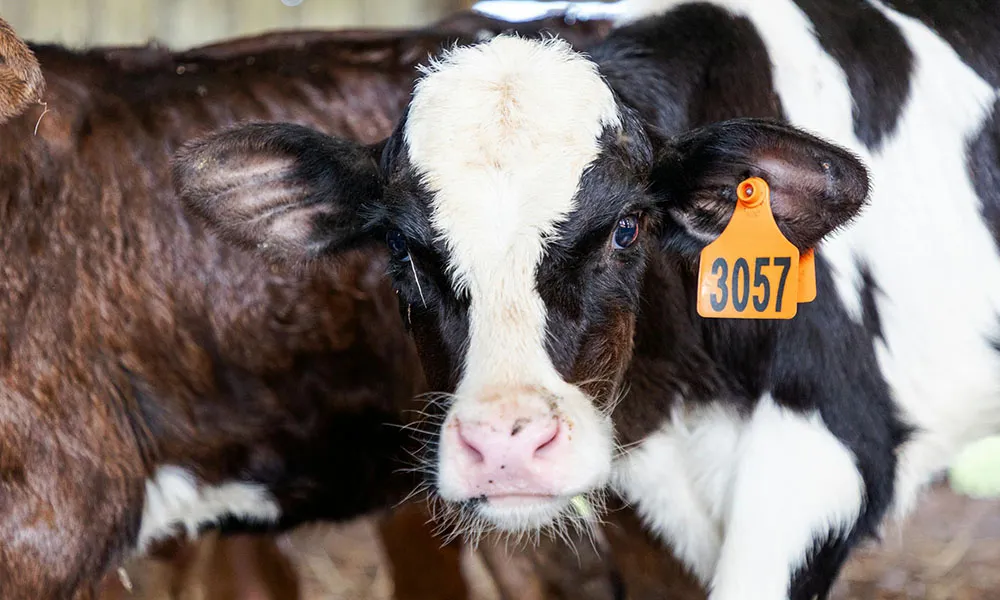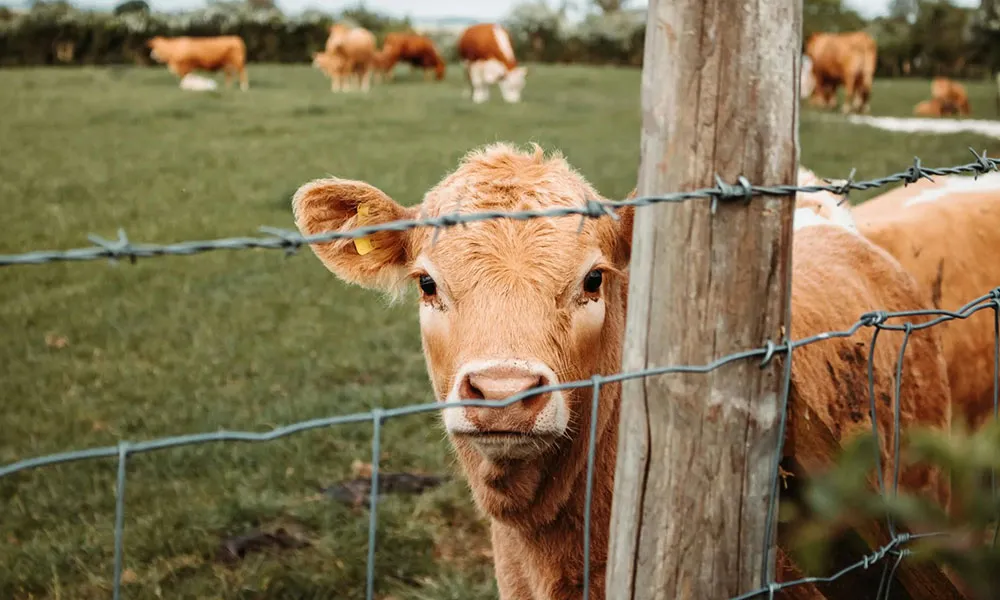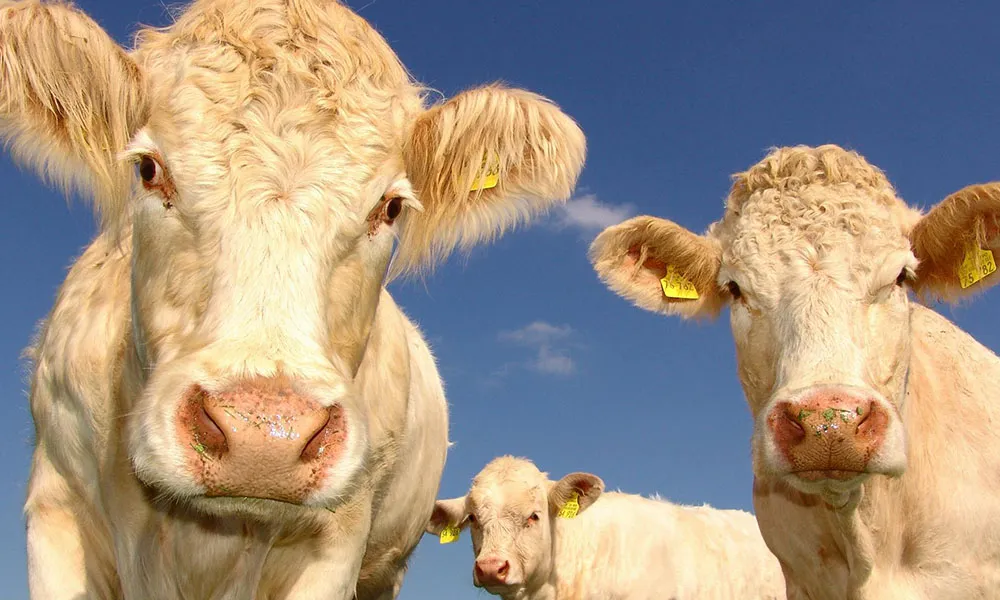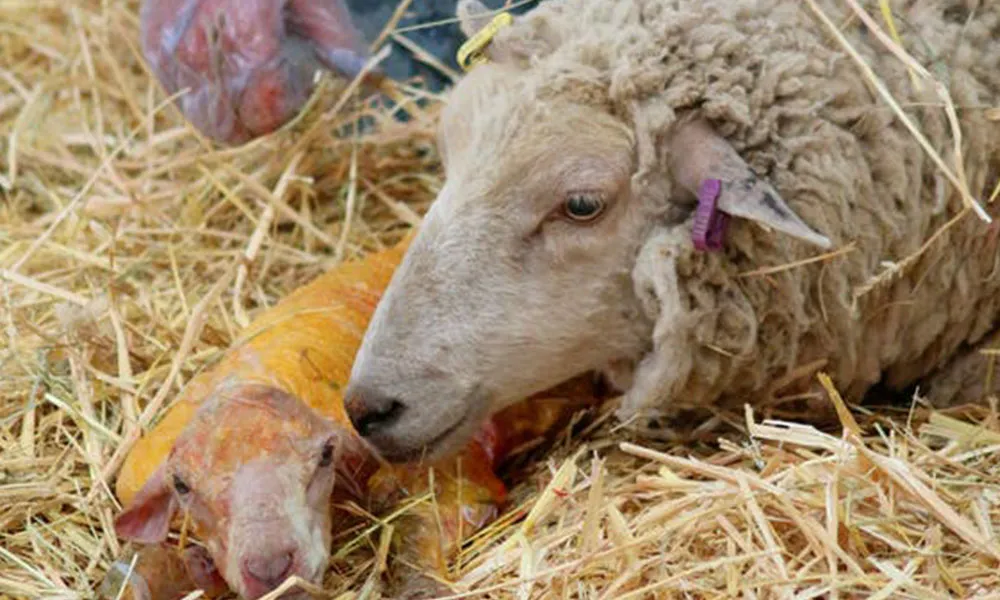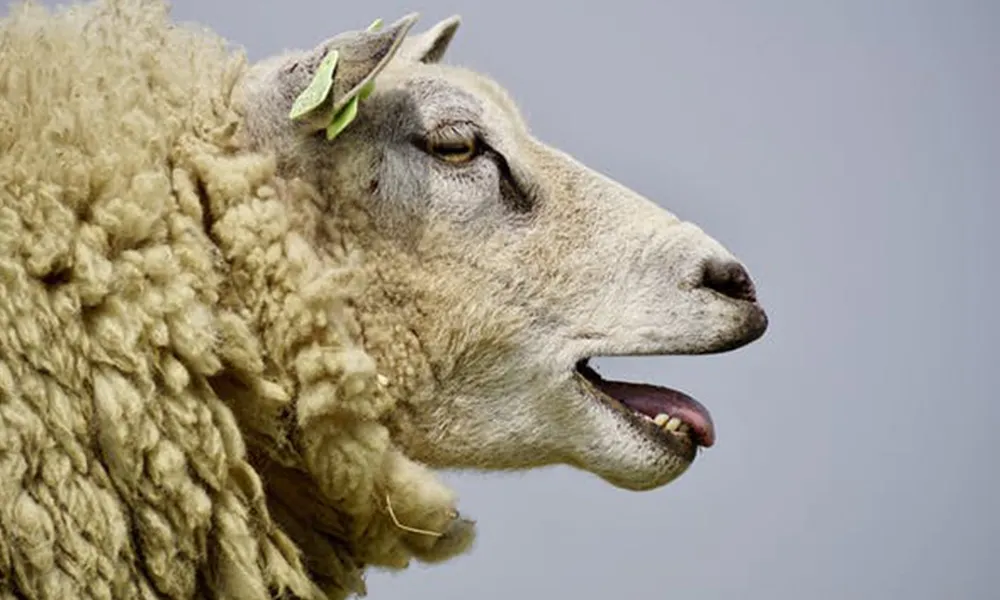
Agridirect.ie discuss the upcoming sheep breeding season, and offer some advice on flock preparation.
Another strange year
Thus far, 2022 has been something of a whirlwind. The gradual return to normality in the aftermath of the pandemic, followed by Putin’s invasion of Ukraine and the resultant spike in inflation, has made this another strange and difficult year.
But despite the ongoing upheavals, life on the farm goes on. The seasons keep turning and autumn is almost upon us. For those of us with sheep, our thoughts must inevitably turn to breeding. More specifically, we have to use these weeks before tupping to get our ewes in peak condition for the ram.
Time to prepare
While most of us will not put the ram in until October or November, now is the ideal time to prepare. A few simple measures in late August or early September can help us to maximise productivity and improve profit margins for the coming year.
Culling ewes: what to watch out for
When it comes to culling, the key indicators to watch out for include udder condition, and the condition of teeth and feet. Ewes with broken teeth, and those with overshot or undershot mouths, should be moved on. Similarly, you may wish to cull any ewes that suffer from chronic scald or have a long history of footrot. Generally, ewes with bad feet should not be kept.
Furthermore, when deciding whether to cull, you should consider the ewe’s lambing history. In particular, ewes with a history of prolapse, or a tendency to abort or throw lambs, should be sold. It is also important to examine the ewe’s udder carefully for signs of lumps, lesions or blind teats. Cull those with any of these symptoms.
Body condition score
The other important metric to bear in mind is the body condition score of your flock. Ideally, ewes should have a body condition score of about 3.5 when going to the ram. This means that they should be in prime condition, but not too fat. It is usually much harder for older ewes to attain this condition score, and this is why they should be culled.
Supplements
In order to optimise ewe health in the run-up to breeding season, you need to be sure that your animals are not deficient in any of the essential vitamins, minerals and trace elements. The trace elements are Copper, Zinc, Cobalt, Manganese, Selenium, Iodine and Iron. Deficiency in any of these will severely impair an animal’s bodily functions and make conception and successful pregnancy very unlikely.
To safeguard against this, you should consider administering a supplement over the coming weeks as you prepare to flush ewes for the ram.
Mineral licks
When it comes to managing flock mineral levels, there are a few excellent options open to sheep farmers. First of all, it never hurts to leave a mineral lick in the field with your sheep before and during the tupping season. Personally, I would recommend Unitup from Uniblock. Aside from containing high levels of the essential trace elements, Unitup is also fortified with fish oils (omega 3) that have been proven to improve flock fertility.
There is one significant downside to the mineral bucket, of course. There is no guarantee that all your breeding sheep will use it. While many of your ewes will take a shine to the sweet flavour, some will always shun the bucket lick.
Drench or bolus?
So while a mineral lick is a good idea, it is not the entire solution. Realistically, to be sure of optimal performance come breeding time, you will need to administer a drench or bolus. Good mineral drenches include Breeding Ewe and Sheep Boost. We recommend these because they have been specially formulated for the purpose and contain all the key elements for overall health and fertility. If you want to go for the bolus option, consider using Smartrace 24.7 Adult Sheep. If you are particularly worried about cobalt and selenium deficiencies, you might want to consider the Cobalt Master 3 in 1 bolus or the Cobalt B12 with Selenium drench.




